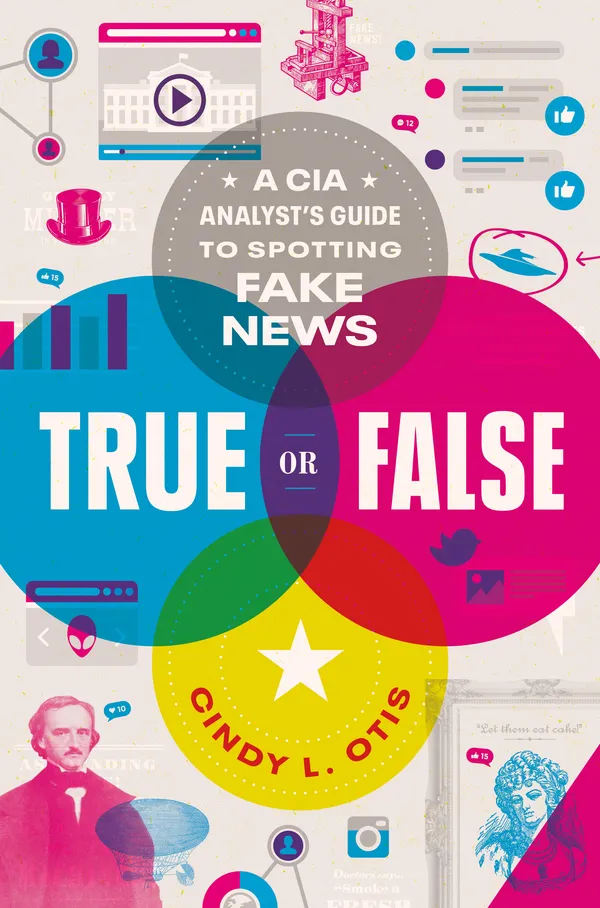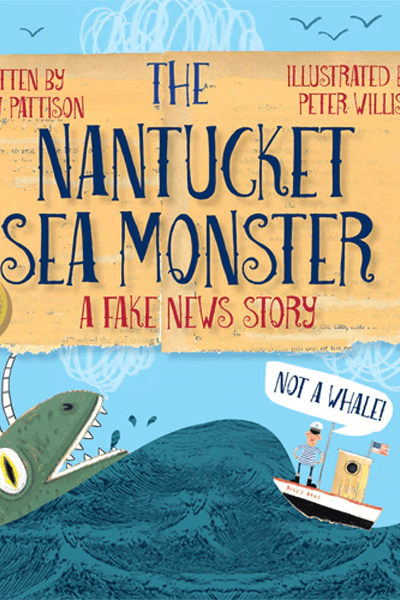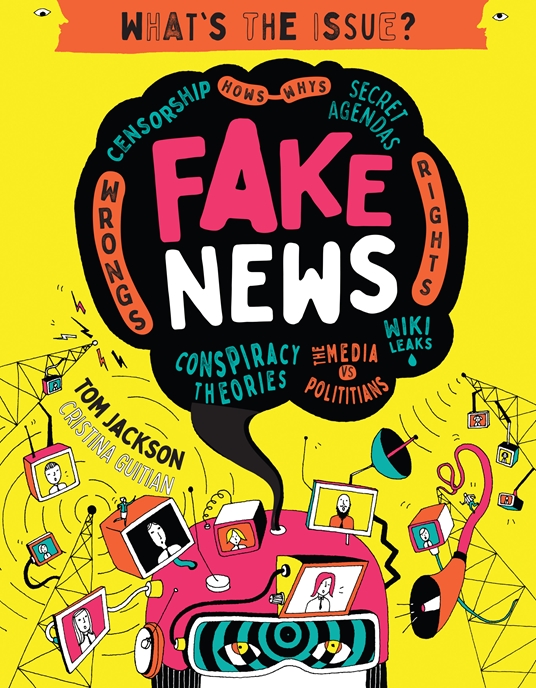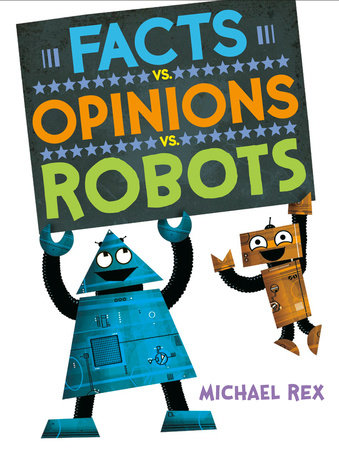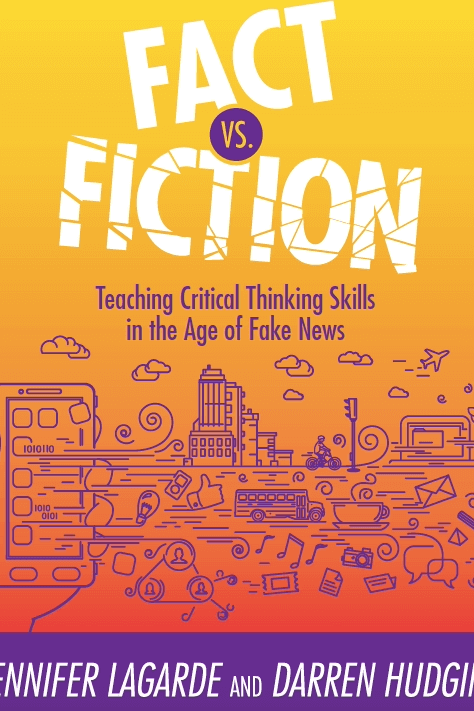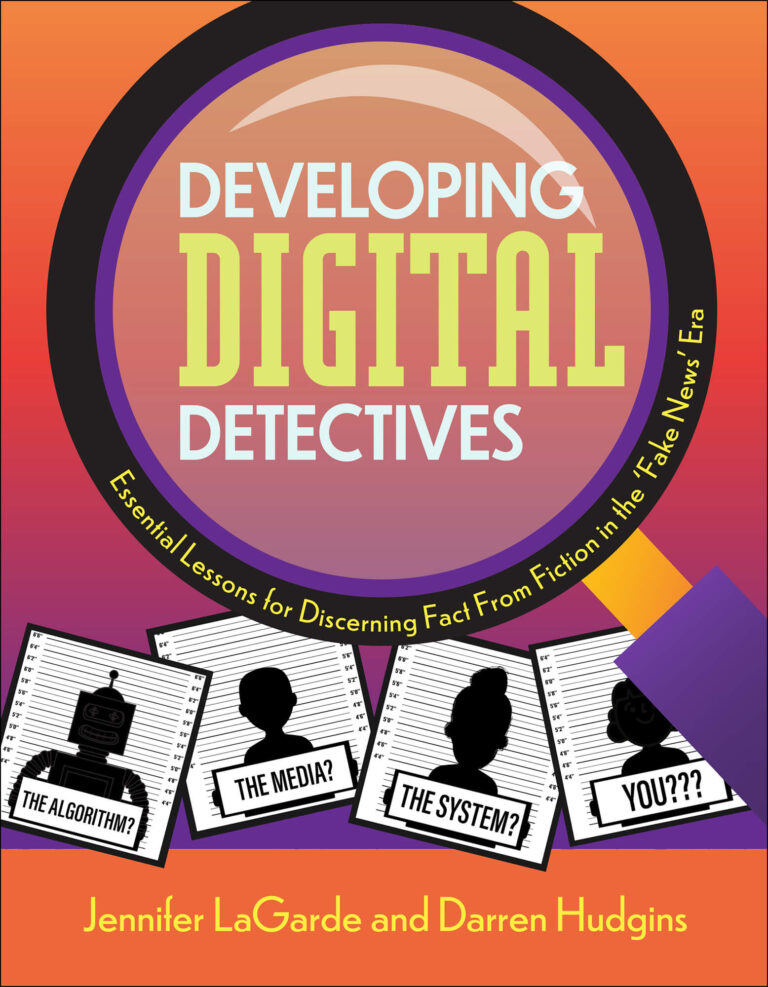Books
“Fake news” is a term you’ve probably heard a lot in the last few years, but it’s not a new phenomenon. From the ancient Egyptians to the French Revolution to Jack the Ripper and the founding fathers...
Do you believe everything you read in the newspaper? Early in August 1937, a news flash came: a sea monster had been spotted lurking off the shore of Nantucket Island. Historically, the Massachusetts...
Educators have long struggled to teach students to be critical consumers of the information that they encounter. This struggle is exacerbated by the amount of information available thanks to the...
What is fake news? How can the news be wrong? How do we know if what we’re reading is true or not? The concept of fake news and the media as a whole is discussed as part of the What’s the Issue?...
Do you know the difference between a fact and an opinion? It can be a hard thing to understand. Some things are facts—like the number of robots in this book. Other things are opinions—like which robot...
Help students discern fact from fiction in the information they access not only at school but in the devices they carry in their pockets and backpacks. The advent of the 24-hour news cycle, citizen...
From the authors of the bestselling Fact vs. Fiction, this book offers easy-to-implement lessons to engage students in becoming media literacy “digital detectives,” looking for clues, questioning...

